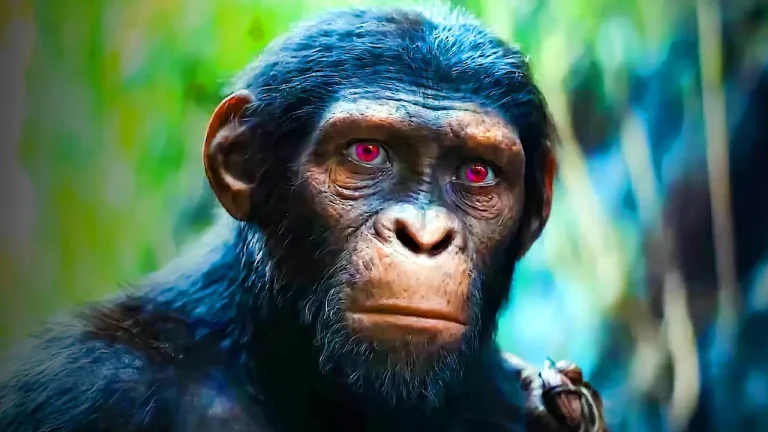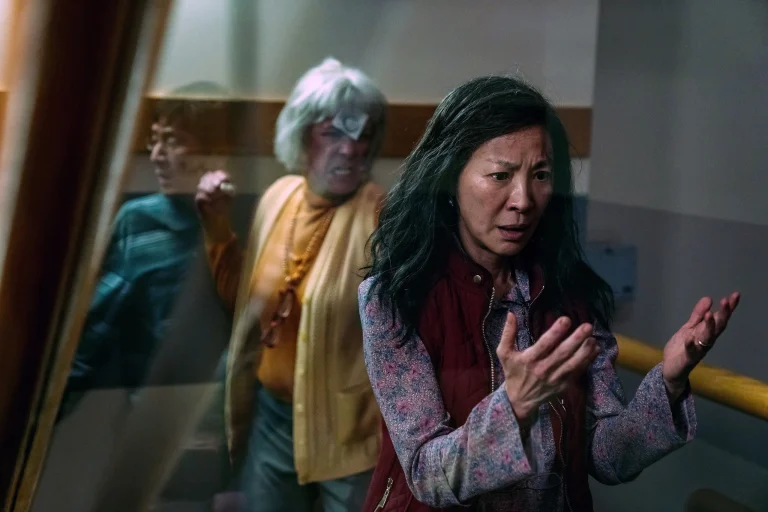Kingsman: The Secret Service shook up the spy genre with its perfect mix of sharp humor, stylish action, and unmistakable British flair. Directed by Matthew Vaughn, this 2014 hit quickly became a favorite among fans of espionage thrillers. But even if you’ve watched it more times than you can count, there are some surprising details about the film’s production, casting, and creative choices that you might not know. Here are five lesser-known facts about Kingsman: The Secret Service that might catch you off guard.
1. Blood, Sweat, and Suits: Colin Firth’s Kingsman Journey

Renowned for his dramatic roles, Colin Firth underwent a physical metamorphosis to embody the lethal agent Harry Hart. Firth embarked on a rigorous six-month training regimen that included intensive physical conditioning, martial arts, and weapons handling to prepare for the demanding role.
“It was not a comfortable experience,” he explained in an interview to TODAY. “The beginning was a nightmare of intimidation and a sense of inadequacy, because there were a team of 10 guys, who could do this stuff in their sleep, trying to just get me to achieve one squat.”
“By the end of six months, if you persist, something is going to change,” he realized. “You know, I started to think I’ve wasted the last 30 years writing off athleticism.”
The actor dedicated himself to mastering the skills required to portray a highly skilled secret agent convincingly. Firth’s commitment to the role was evident in his ability to perform approximately 80% of his stunts, showcasing his dedication to the craft and his transformation into a believable action hero.
2. The Church Scene: A Violent Masterpiece
The iconic church fight scene, a ballet of brutality, is a cinematic highlight. Inspired by a similarly chaotic sequence in the graphic novel The Secret Service by Mark Millar and Dave Gibbons, the film’s creators aimed to create a visually striking and over-the-top spectacle.
As director Matthew Vaughn explained, “We wanted to capture the raw energy and violence of the comic book, while also adding our own cinematic flair.”
This approach resulted in a breathtaking display of action choreography that immerses the audience in the heart of the chaos.
Matthew Vaughn said to second unit director/fight choreographer, Brad Allan, “Brad, I want it to be a ballet of slaughter. I don’t want quick cuts. I want the camera to float around.”
The scene was meticulously choreographed, with each actor rehearsing their moves for weeks before filming. The camera work was equally impressive, capturing the frenetic energy of the fight in a way that immerses the audience in the action. The church itself was transformed into a battleground, with pews and stained glass windows serving as improvised weapons. The climactic moment, where Harry Hart dispatches the last of his enemies with a single, precise shot, is a testament to the film’s ability to blend visceral action with stylish storytelling.
3. The Kingsman’s Tailored Legacy
The impeccable suits worn by the Kingsman agents are as much a character as the actors themselves. To achieve an authentic look, the filmmakers collaborated with the legendary Savile Row tailor, Huntsman. “We wanted to capture the essence of British tailoring,” said costume designer Arianne Phillips. The fictional Kingsman tailor shop was inspired by Huntsman, and many of the suits seen on screen were custom-made by the renowned house. This attention to detail elevated the film’s aesthetic and added a layer of sophistication to the characters.
4. Samuel L. Jackson’s Unconventional Villain
Samuel L. Jackson’s portrayal of Richmond Valentine is a masterclass in eccentric villainy. His distinctive lisp, a departure from the script, was a deliberate choice to make the character more memorable. “I wanted Valentine to be unsettling,” Jackson explained. “The lisp added a layer of unpredictability and menace.” This unconventional approach transformed Valentine into an iconic antagonist, further enhancing the film’s unique tone.
5. Taron Egerton: An Accidental Spy
Taron Egerton’s journey to becoming Eggsy was far from predictable. Initially, the role was offered to more established actors like Aaron Taylor-Johnson and Nicholas Hoult, according to an interview with director Matthew Vaughn in Empire Magazine. However, Egerton’s raw talent, charisma, and youthful energy captured Vaughn’s attention. Vaughn was impressed by Egerton’s ability to embody the character’s street-smart attitude while also conveying a sense of vulnerability. “He had this raw energy and charisma that was perfect for the role,” Vaughn said. “He was able to bring a sense of realism and humor to the character, which was essential for the film’s success.” The actor’s natural charisma and screen presence made him a standout among the other auditionees. Ultimately, it was Egerton’s unique combination of qualities that convinced Vaughn he had found the perfect actor for the role of Eggsy. His performance brought a fresh and relatable energy to the film, helping to define the character and propel Egerton to stardom. The casting of Egerton proved to be a pivotal moment in the film’s development, as his presence helped to shape the overall tone and appeal of Kingsman: The Secret Service.
Also, Read – Kingsman: The Secret Service (2014) Ending Explained
6. The Controversial Ending Joke Was Inspired by Classic Bond Films
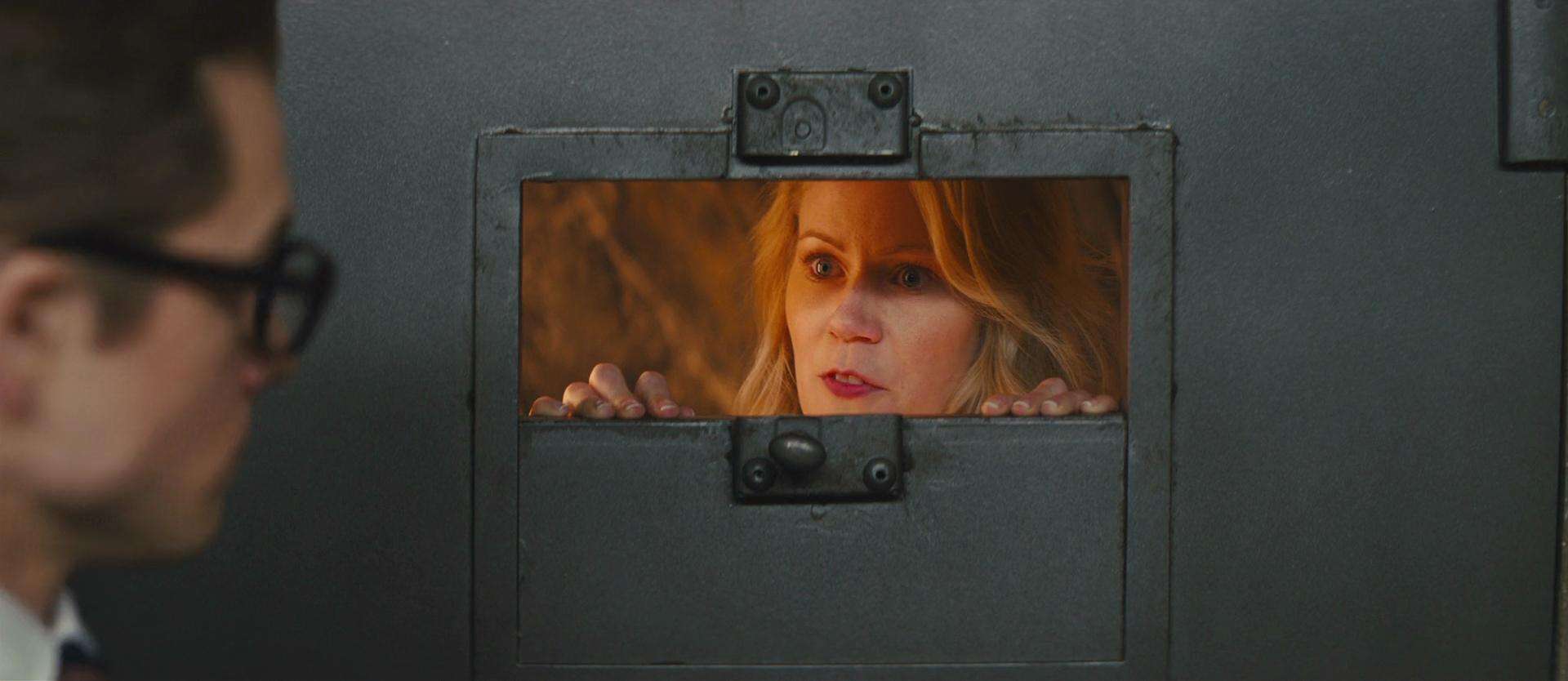
The risqué joke at the end of Kingsman: The Secret Service, where Princess Tilde offers Eggsy anal sex as a reward for saving her, sparked controversy during preview screenings. However, director Matthew Vaughn explained that the gag was actually a nod to the innuendo-laden endings of classic James Bond films.
Vaughn stated in an interview to Entertainment Weekly, “At the end of Moonraker, he’s floating around in space on Dr. Goodhead, and they say, ‘Bond is attempting reentry.’ In The Spy Who Loved Me, he says he’s ‘keeping the British end up.’ The innuendo is pretty strong and always comes from the men. I just thought it would be great to turn it on its head by having the woman say it.”
Vaughn further defended the joke, arguing that it was meant to be “tongue-in-cheek and wild” and that it actually empowers the female character by flipping the traditional gender roles. Despite some backlash, Vaughn insisted, “It’s a celebration of women and the woman being empowered in a weird way in my mind.”


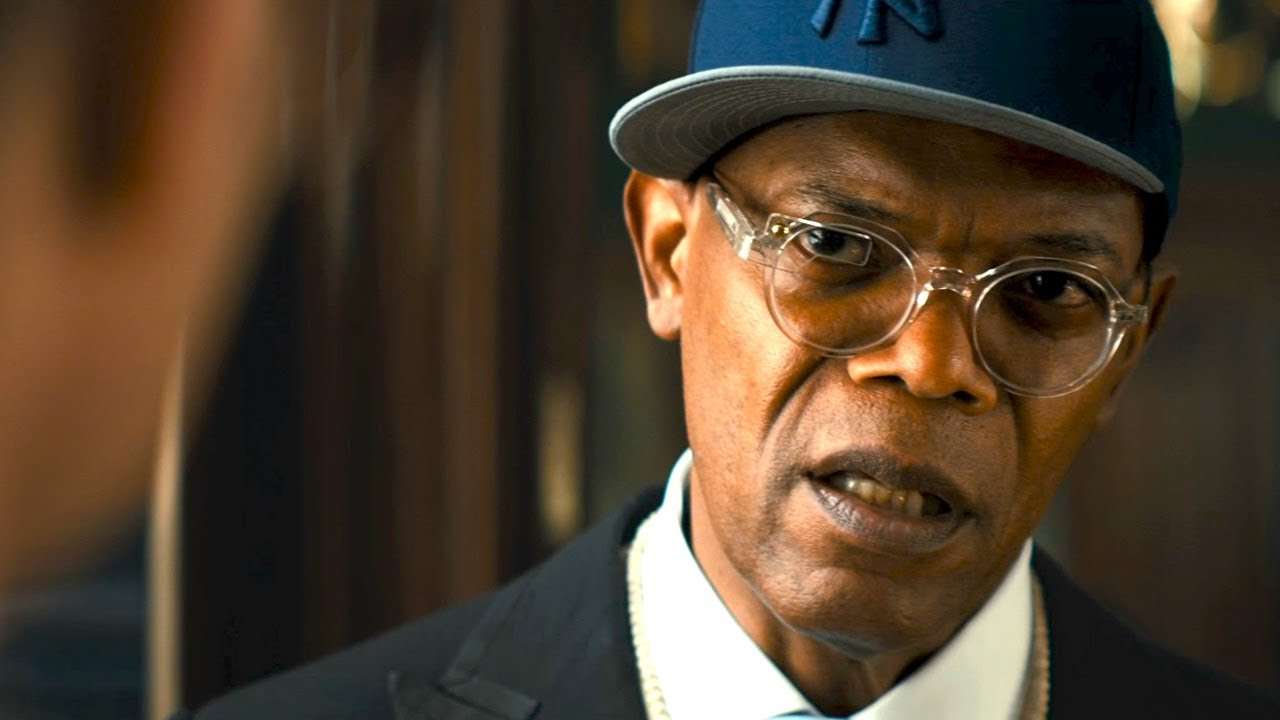


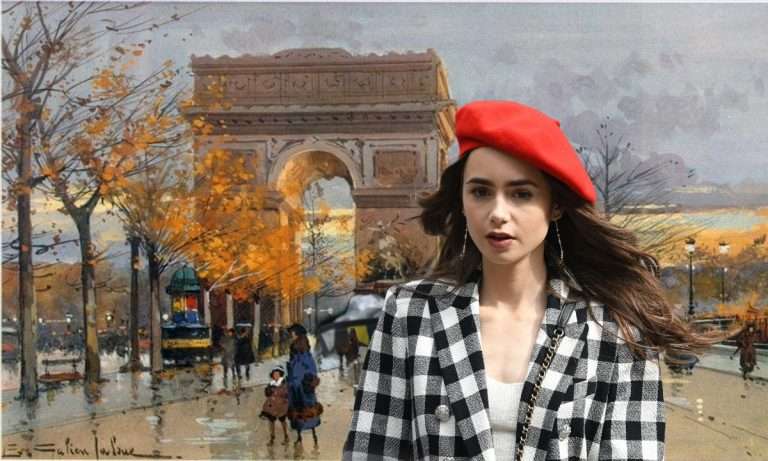
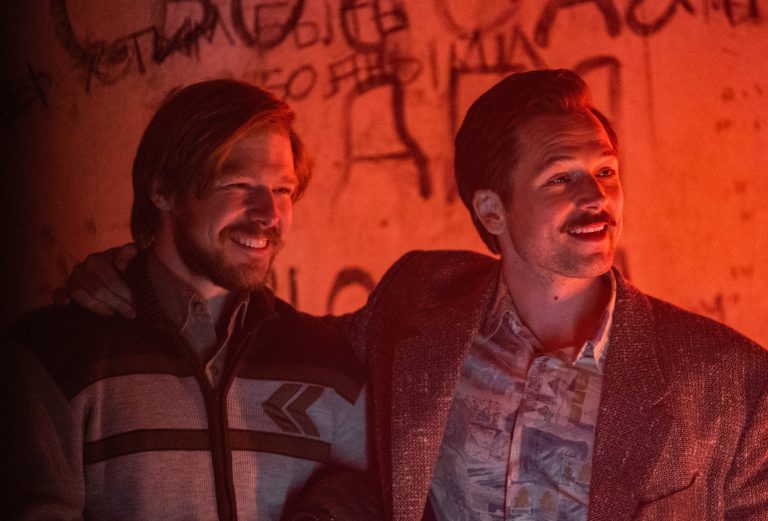
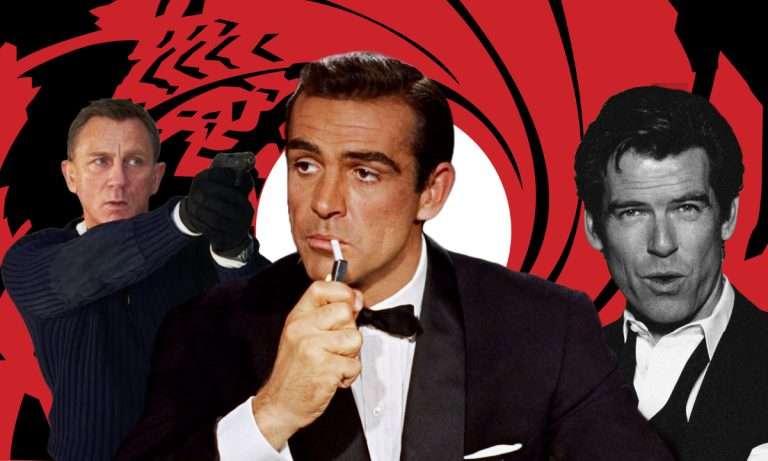
![Kingsman: The Golden Circle [2017] – A Superfluous Exercise in Excess](https://79468c92.delivery.rocketcdn.me/wp-content/uploads/2017/12/Kingsman-2-1-768x432.jpg)
